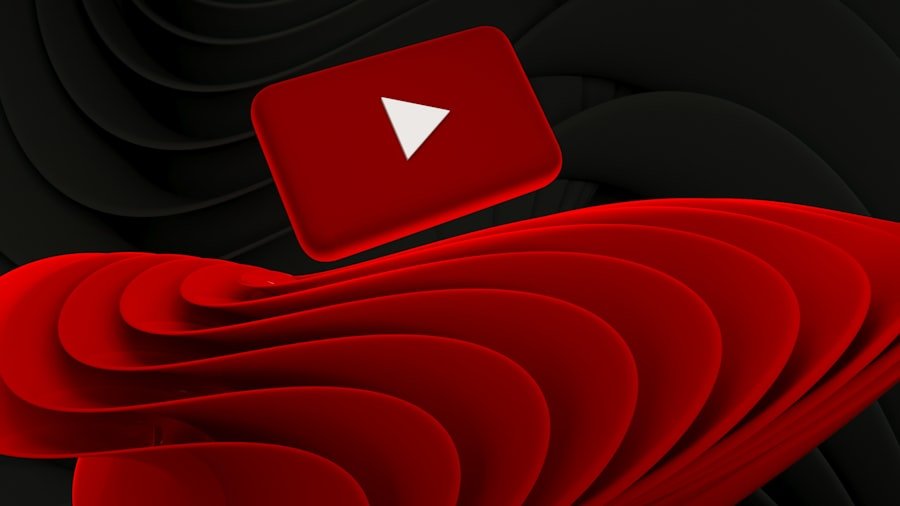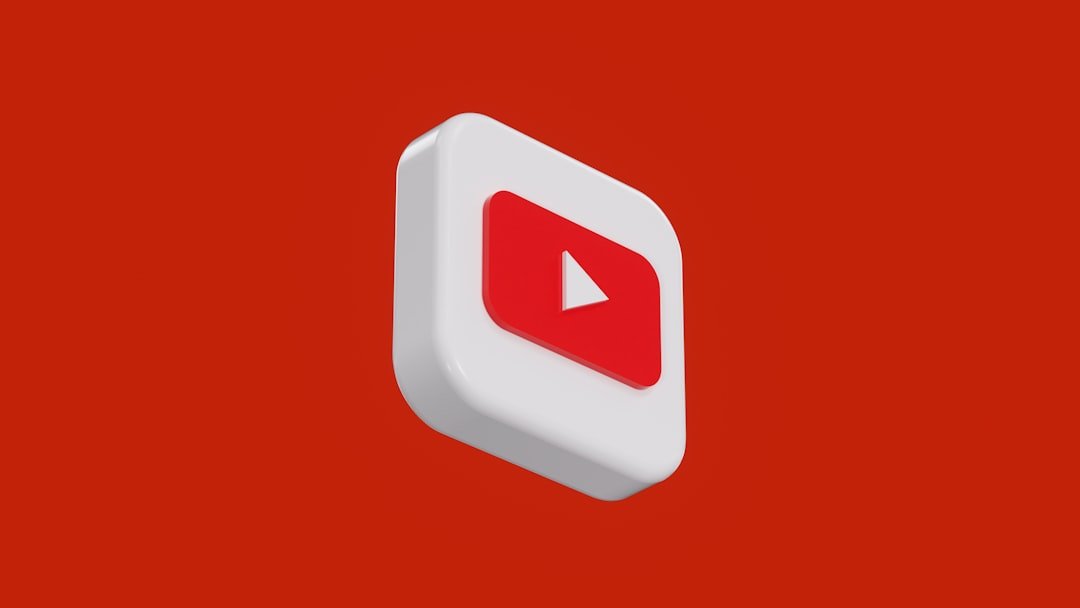In the vast digital landscape, YouTube stands as a titan, boasting over two billion logged-in monthly users. This platform is not just a hub for entertainment; it’s a powerful search engine in its own right, second only to Google. For marketers, founders, and CMOs, understanding YouTube SEO is crucial.
It’s not merely about uploading videos; it’s about ensuring those videos are discoverable and engaging enough to convert viewers into loyal subscribers or customers. YouTube SEO encompasses a range of strategies designed to enhance the visibility of your videos. By optimizing your content for search, you can significantly increase your chances of appearing in search results and suggested video feeds.
This is particularly important given that 70% of YouTube viewers say they discover new content through recommendations. Therefore, mastering YouTube SEO is not just an option; it’s a necessity for anyone looking to leverage this platform for brand growth and audience engagement.
Key Takeaways
- YouTube SEO is important for increasing visibility and ranking on the platform
- Choosing the right keywords is crucial for optimizing your videos for search
- Creating engaging and click-worthy titles can significantly impact your video’s performance
- Writing compelling video descriptions with relevant keywords can improve search rankings
- Utilizing tags effectively can help YouTube understand the content of your videos and improve searchability
Choosing the Right Keywords for Your Videos
The foundation of effective YouTube SEO lies in keyword selection. Identifying the right keywords involves understanding your target audience’s search behavior. Tools like Google Keyword Planner, TubeBuddy, and VidIQ can help you uncover high-volume keywords relevant to your niche.
However, it’s not just about finding popular terms; it’s about finding keywords that align with your content and resonate with your audience. Once you’ve identified potential keywords, consider their intent. Are users looking for tutorials, product reviews, or entertainment?
Tailoring your content to meet these specific needs can enhance viewer satisfaction and retention. For instance, if you’re creating a video on digital marketing strategies, using keywords like “digital marketing tips” or “SEO strategies for beginners” can attract viewers who are actively seeking that information. Remember, the right keywords not only improve visibility but also set the stage for engaging content that meets viewer expectations.
Creating Engaging and Click-Worthy Titles

Your video title is often the first impression potential viewers will have of your content. An engaging title can be the difference between a click and a scroll. To craft titles that capture attention, incorporate your primary keyword while ensuring the title is intriguing and informative.
A well-structured title should convey what the video is about while sparking curiosity. Consider using numbers or questions in your titles to increase click-through rates. For example, “5 Proven Strategies for Boosting Your YouTube Channel” or “How Can You Double Your Views in 30 Days?” These formats not only promise value but also create a sense of urgency or intrigue.
Additionally, keep your titles concise—ideally under 60 characters—to ensure they display fully in search results and on mobile devices.
Writing Compelling Video Descriptions
A well-crafted video description serves multiple purposes: it informs viewers about the content, enhances SEO, and provides context for search engines. Start with a strong opening sentence that includes your primary keyword, as this will be visible in search results and can entice clicks. Aim to provide a brief overview of what viewers can expect from the video while incorporating secondary keywords naturally throughout the description.
This not only improves user experience but also encourages viewers to engage with specific parts of your content. Additionally, don’t forget to include links to related videos or resources, as this can keep viewers on your channel longer and improve overall watch time—a critical metric for YouTube’s algorithm.
Utilizing Tags Effectively
Tags are an often-overlooked aspect of YouTube SEO, yet they play a vital role in helping the platform understand the context of your video. While tags are not as influential as they once were, they still provide valuable information that can enhance discoverability. Use a mix of broad and specific tags related to your content to maximize reach.
For instance, if your video is about social media marketing strategies, you might use tags like “social media,” “marketing tips,” and “Instagram strategies.” This approach helps categorize your video within relevant topics and increases the likelihood of appearing in related searches. However, avoid over-tagging; focus on quality over quantity to ensure relevance and clarity.
Designing Eye-Catching Thumbnails

Creating an Eye-Catching Thumbnail
An eye-catching thumbnail should be visually appealing and relevant to the content while incorporating elements that evoke curiosity or emotion. Use high-quality images, bold text, and contrasting colors to make your thumbnail stand out in a crowded feed.
Testing and Refining Your Thumbnail Design
Consider A/B testing different thumbnail designs to see which resonates best with your audience. Tools like Canva or Adobe Spark can help you create professional-looking thumbnails even if you lack graphic design skills.
The Impact of Thumbnails on Content Quality
Remember, a compelling thumbnail not only attracts clicks but also sets expectations for the quality of your content. Thumbnails are the visual gateway to your videos, and they can significantly impact click-through rates.
Organizing Your Content with Playlists
Playlists are an underutilized feature that can enhance user experience and improve SEO on YouTube. By organizing your videos into themed playlists, you create a structured viewing experience that encourages binge-watching. This not only keeps viewers engaged longer but also signals to YouTube that your content is valuable.
When creating playlists, consider grouping videos by topic or series. For example, if you have multiple videos on digital marketing strategies, create a playlist titled “Digital Marketing Masterclass.” This approach not only helps viewers find related content easily but also increases overall watch time—a key factor in boosting your channel’s visibility.
Encouraging Viewers to Subscribe and Like
Building a loyal subscriber base is essential for long-term success on YouTube. Encourage viewers to subscribe by clearly communicating the value they’ll receive from your channel. A simple call-to-action at the beginning or end of your videos can be effective; remind viewers that subscribing will keep them updated on future content.
Additionally, ask viewers to like your videos if they found them helpful or entertaining.
Engaging with Your Audience through Comments and Community Posts
Engagement doesn’t end once the video is uploaded; it’s crucial to foster a community around your channel. Responding to comments shows viewers that you value their input and encourages further interaction. Take the time to answer questions or acknowledge feedback—this builds trust and loyalty among your audience.
Utilizing community posts is another effective way to engage with subscribers outside of video uploads. Share updates, polls, or behind-the-scenes content to keep your audience connected and invested in your channel’s journey. This ongoing interaction not only strengthens relationships but also keeps your channel top-of-mind for viewers.
Promoting Your Videos on Other Platforms
To maximize reach and visibility, promote your YouTube videos across various platforms. Share links on social media channels like Facebook, Twitter, Instagram, and LinkedIn to tap into different audience segments. Tailor your promotional messages for each platform; what works on Instagram may not resonate on LinkedIn.
Consider collaborating with influencers or other creators in your niche to expand your reach further. Guest appearances or shout-outs can introduce your content to new audiences who may be interested in subscribing. Additionally, embedding videos in blog posts or newsletters can drive traffic from existing audiences who may not be active on YouTube.
Analyzing and Adjusting Your YouTube SEO Strategy
The digital landscape is ever-evolving, making it essential to regularly analyze and adjust your YouTube SEO strategy. Utilize YouTube Analytics to track key metrics such as watch time, traffic sources, and audience demographics. This data provides valuable insights into what’s working and what needs improvement.
Based on your findings, be prepared to pivot your strategy as needed. If certain types of content consistently perform better than others, consider focusing more on those themes or formats. Continuous optimization based on data-driven insights will ensure that your YouTube channel remains relevant and competitive in an increasingly crowded space.
In summary, mastering YouTube SEO is a multifaceted endeavor that requires strategic planning and execution. From keyword selection to audience engagement, each element plays a critical role in enhancing visibility and driving growth on the platform. By implementing these actionable insights, you can position your brand for success in one of the most dynamic digital environments available today.
As you embark on this journey of optimizing your YouTube presence, remember that consistency is key. The landscape may change, but a commitment to quality content and strategic engagement will always yield results. Embrace the challenge—your audience is waiting for you to deliver value through compelling video content that resonates with their needs and interests.
If you are looking to optimize your YouTube channel for more views, you may also be interested in learning about brand positioning development for SMEs. This article on brand positioning development for SMEs discusses the importance of effectively positioning your brand in the market to attract more viewers and customers. By understanding how to strategically position your brand, you can increase visibility and engagement on your YouTube channel.
FAQs
What are some tips for optimizing a YouTube channel for more views?
Some tips for optimizing a YouTube channel for more views include creating high-quality and engaging content, using relevant keywords in video titles and descriptions, creating eye-catching thumbnails, and promoting videos on other social media platforms.
Why is it important to optimize a YouTube channel for more views?
Optimizing a YouTube channel for more views is important because it can help increase the visibility of your videos, attract more subscribers, and ultimately grow your channel’s audience and influence.
How can using relevant keywords help optimize a YouTube channel for more views?
Using relevant keywords in video titles and descriptions can help optimize a YouTube channel for more views by making it easier for viewers to find your videos through search results and recommendations.
What role do thumbnails play in optimizing a YouTube channel for more views?
Thumbnails play a crucial role in optimizing a YouTube channel for more views as they are the first thing viewers see when browsing videos. Eye-catching thumbnails can attract more clicks and ultimately more views.
What are some best practices for promoting YouTube videos on other social media platforms?
Some best practices for promoting YouTube videos on other social media platforms include creating teaser clips to share, engaging with your audience through comments and messages, and collaborating with other content creators to cross-promote each other’s videos.



